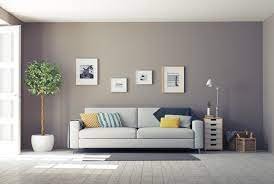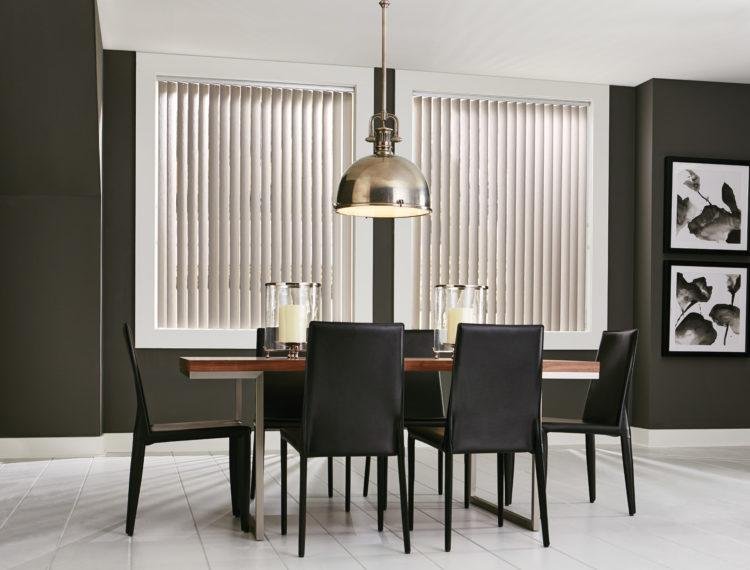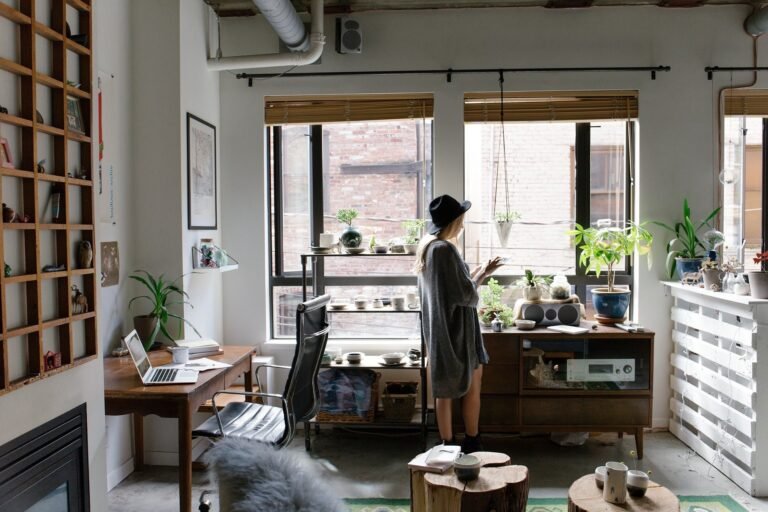The exterior of your home is the first impression visitors and passersby receive, making it a canvas for expressing your style and enhancing curb appeal. One of the most effective and visually appealing ways to achieve this is by incorporating plants into your exterior design. In this guide, we’ll explore creative ideas for enhancing your home’s exterior with plants, transforming it into a welcoming and vibrant space.
1. Create a Welcoming Entryway with Potted Plants
Transform your front entryway into a welcoming oasis by placing potted plants near the door. Choose a variety of planters in different sizes and styles to add visual interest. Consider using a mix of flowering plants, such as colorful annuals or perennials, along with evergreen foliage for year-round appeal. This simple addition instantly adds charm and sets a positive tone for visitors.
2. Frame Your Doorway with Climbing Vines
Add a touch of romance to your home’s exterior by allowing climbing vines to frame your doorway. Install trellises or arches on either side of the entrance and choose fast-growing vines like clematis, wisteria, or climbing roses. These vines not only soften the architectural lines but also create a picturesque and inviting entry.
3. Design a Window Garden with Window Boxes
Elevate the charm of your home’s exterior by installing window boxes filled with blooming flowers and trailing greenery. Window boxes are a versatile way to introduce color and texture to your façade. Choose plants that thrive in your region’s climate and consider a mix of cascading, upright, and filler plants for a balanced and eye-catching display.
4. Define Pathways with Flowering Borders
Enhance the visual appeal of your pathways by planting flowering borders along the edges. Choose low-maintenance perennials or ornamental grasses to create a defined and cohesive look. This not only adds beauty but also guides the eye along the pathway, creating a sense of direction and purpose in your outdoor space.
5. Craft a Relaxing Front Porch Garden
Transform your front porch into a cozy retreat by incorporating container gardens and hanging planters. Arrange comfortable seating and surround it with an array of potted plants in various shapes and sizes. Use a mix of foliage plants, blooming flowers, and aromatic herbs to create a visually appealing and inviting front porch garden.
6. Install Flowering Trees for Height and Shade
Add vertical interest and shade to your home’s exterior by planting flowering trees strategically. Choose trees that suit your climate and provide seasonal interest, such as cherry blossoms in spring or colorful foliage in the fall. Plant them near windows, along the driveway, or as a focal point in the front yard to enhance the overall aesthetic.
7. Design a Symmetrical Landscape with Shrubs
Create a sense of balance and symmetry in your landscape by incorporating shrubs along the sides of your home. Select shrubs with different heights, colors, and textures to add depth and visual interest. Trim them regularly for a neat and tailored appearance, enhancing the overall structure of your home’s exterior.
8. Add Hanging Baskets for Vertical Flair
Introduce a touch of vertical flair by hanging baskets filled with vibrant flowers. Hang them along the eaves, porch ceiling, or pergola to draw the eye upward and create a dynamic visual effect. Choose a variety of flowers with complementary colors to achieve a harmonious and lively display.
9. Define Outdoor Living Spaces with Potted Trees
Designate outdoor living spaces, such as patios or decks, by placing potted trees strategically. Trees in containers provide shade, privacy, and a sense of enclosure. Opt for trees that are suitable for container gardening, such as citrus trees, olive trees, or decorative conifers, to add a touch of greenery to your outdoor retreat.
10. Craft a Vertical Garden with Climbing Plants
Maximize your home’s vertical surfaces by creating a vertical garden with climbing plants. Install trellises, grids, or wall-mounted planters and allow climbing plants like ivy, jasmine, or bougainvillea to flourish. This not only adds a lush and green backdrop but also contributes to energy efficiency by shading exterior walls.
Conclusion
Enhancing your home’s exterior with plants is a delightful way to infuse character, color, and life into your outdoor space. Whether you choose potted plants, climbing vines, or flowering trees, incorporating green elements creates a welcoming and aesthetically pleasing environment that reflects your personal style.
FAQs
- What are low-maintenance plants for the home’s exterior?
- Low-maintenance plants for the home’s exterior include succulents, lavender, boxwood shrubs, and ornamental grasses. These plants require minimal care and thrive in various climates, making them ideal choices for busy homeowners.
- How can I choose plants that attract pollinators?
- To choose plants that attract pollinators, opt for varieties with nectar-rich flowers. Examples include bee balm, coneflowers, lavender, and butterfly bush. Research native plants in your region that support local pollinators and integrate them into your garden for a thriving ecosystem.
- What are the best plants for window boxes?
- The best plants for window boxes depend on your climate and personal preferences. Consider trailing plants like petunias, geraniums, or sweet potato vines for a cascading effect. Mix in upright plants like gerbera daisies or snapdragons for height and variety.
- How do I care for hanging baskets effectively?
- To care for hanging baskets effectively, water them regularly to keep the soil consistently moist but not waterlogged. Choose a well-draining potting mix and fertilize the plants according to their specific needs. Rotate the baskets periodically to ensure even growth, and deadhead spent flowers to encourage continuous blooming.
- Can I incorporate edible plants into my home’s exterior design?
- Yes, you can incorporate edible plants into your home’s exterior design for both aesthetics and functionality. Consider planting herbs like rosemary, thyme, or basil in window boxes or mixed containers. Edible flowers like nasturtiums add color, and fruit-bearing trees or bushes contribute to both visual appeal and a potential harvest.







